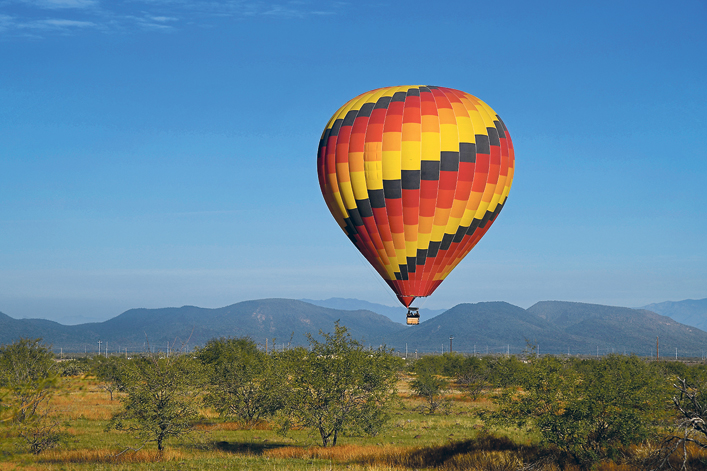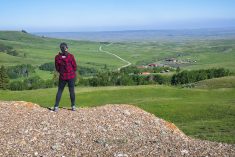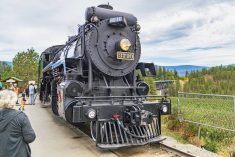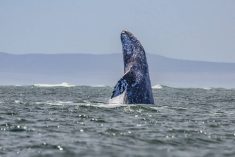The most surprising part of Phoenix, Arizona, is the easy access to nature and outdoor activities, even though it is one of the larger cities in the United States.
Phoenix is in the Sonoran Desert, a striking landscape dominated by huge saguaro cactus. The best place to get oriented is at the Desert Botanical Garden where short trails feature wildflowers, cactus, and desert plants in various environments. Experts at stations along the way talk about cactus identification and uses, and practically anything else you might want to know about the desert. Be sure to allow enough time for a visit; we intended to spend an hour or two, and stayed all morning.
Next door is Papago Park with a network of hiking trails around red butte formations (free admission). The highlight is the Hole-in-the-Rock, accessible by a short uphill walk. The sandstone butte has a large window-like hole where you walk through for great views over the city. Though this popular spot gets a lot of visitors, we had the place to ourselves one morning shortly after sunrise.

Hikers are spoiled for choice with a series of trails in parks scattered throughout the city and nearby. Usery Mountain Regional Park in Mesa offers extensive hikes, some with sweeping views, a nature centre, and even a campground if you fancy sleeping in the desert. Another area we enjoyed was the McDowell Sonoran Preserve in Scottsdale, a huge natural area with a vast network of trails and free admission as a bonus.

If you prefer exploring sitting down, horseback trips abound. We did a short trek with Fort McDowell Adventures through unspoiled desert terrain against a mountain backdrop. On our two-hour ride, we travelled across dry rolling hills where we zigzagged among giant saguaros, along the contrasting greenery of the tree-lined Verde River Valley, then across the river itself. Hawks and eagles soared above, though the highlight was getting close to some of the legendary wild horses that live in the desert.

The most unusual thing we did was kayak in the desert. A stretch of the Salt River near Phoenix makes for a pleasant half-day trip. We mostly just steered in the steady current, yet there were enough riffles and obstacles to keep things interesting.
The desert looks different from the water, as we pass through a narrow strip of greenery with shrubs and tall trees, interspersed with red cliffs. The water was fairly shallow, but things here can change quickly. A week before we arrived, heavy rains produced a flood that carried debris that was now caught in the trees about two metres up.

Phoenix is a hot air ballooning hotspot, with more fly-able days per year than anywhere in the country. We were picked up well before dawn and driven to the liftoff site for Hot Air Expeditions where they were already unrolling the massive balloon. Powerful fans fill it with air, then once it starts to inflate, they turn on the propane burners, and the gigantic bulb soon takes shape. Pilot Gary checks that it’s ready, then everyone jumps into the over-sized wicker basket.

The ground crew unties the ropes, then it’s up, up and away as we rise almost straight up, just as the sun clears the nearby mountains. We have a sensation of effortless floating with no feeling of movement since we travel at the same speed as the light wind. Other than the occasional blast from the burners, there is no sound either. We gradually glide away from the edge of the city, over the highway, and towards open desert.
Near the end of the flight, Gary aims for a flat clearing he’s spotted with few rocks. We skim the tops of low bushes then gently bounce down as the ground crew grabs onto the basket to slow it to a stop.
Read Also

Nutritious pork packed with vitamins, essential minerals
Recipes for pork
Then it’s time to celebrate. Champagne has long been a ballooning tradition, though here we not only toast the trip with a glass or two of bubbly, but also enjoy breakfast served on tables set up in the midst of the Sonoran Desert.
For more information, see www.visitphoenix.com


















